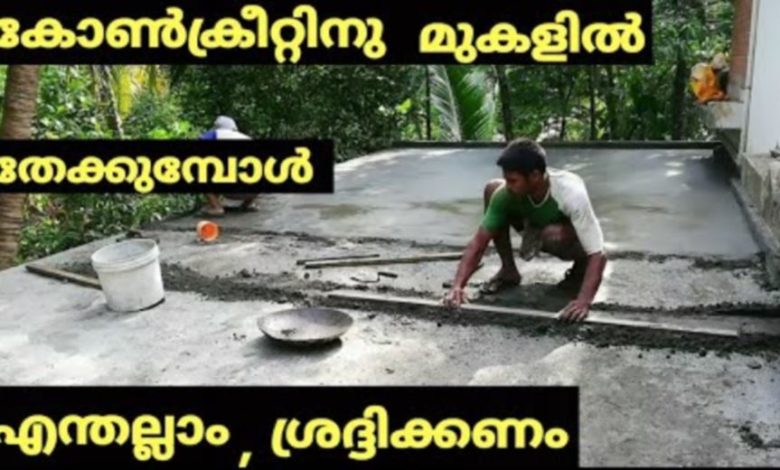roof plastering work kerala

Plasterwork is production or ornamentation executed with plaster, including a layer of plaster on an interior or outdoors wall shape, or plaster ornamental moldings on ceilings or walls. This is likewise occasionally referred to as pargeting. The process of making plasterwork, known as plastering or rendering, has been utilized in building construction for hundreds of years. For the art records of 3-dimensional plaster, see stucco.
The earliest plasters recognised to us had been lime-based. Around 7500 BC, the humans of ‘Ain Ghazal in Jordan used lime combined with unheated beaten limestone to make plaster which turned into used on a massive scale for covering partitions, flooring, and hearths of their homes. Often, walls and floors have been adorned with purple, finger-painted styles and designs. In ancient India and China, renders in clay and gypsum plasters had been used to produce a easy floor over hard stone or dust brick partitions, whilst in early Egyptian tombs, partitions were lined with lime and gypsum plaster and the completed floor became regularly painted or adorned.
for watch detailed video about roof plastering work kerala, see below. for getting daily updates follow our facebook page and click see first option in following button. if you interested this. give this post to your friends and relatives.for more videos, subscribe now:ALL ROUND CONSTRUCTIONS
Modelled stucco become employed at some point of the Roman Empire. The Romans used mixtures of lime and sand to accumulate preparatory layers over which finer applications of gypsum, lime, sand and marble dust were made; pozzolanic substances were on occasion added to supply a more fast set. Following the fall of the Roman Empire, the addition of marble dirt to plaster to allow the manufacturing of exceptional detail and a difficult, easy end in hand-modelled and moulded ornament was not used until the Renaissance. Around the 4th century BC, the Romans determined the concepts of the hydraulic set of lime, which through the addition of extraordinarily reactive sorts of silica and alumina, including volcanic earths, should solidify swiftly even under water. There was little use of hydraulic mortar after the Roman duration till the 18th century.
Plaster ornament changed into extensively used in Europe inside the Middle Ages in which, from the mid-thirteenth century, gypsum plaster changed into used for inner and outside plaster. Hair became hired as reinforcement, with components to help set or plasticity such as malt, urine, beer, milk and eggs.



